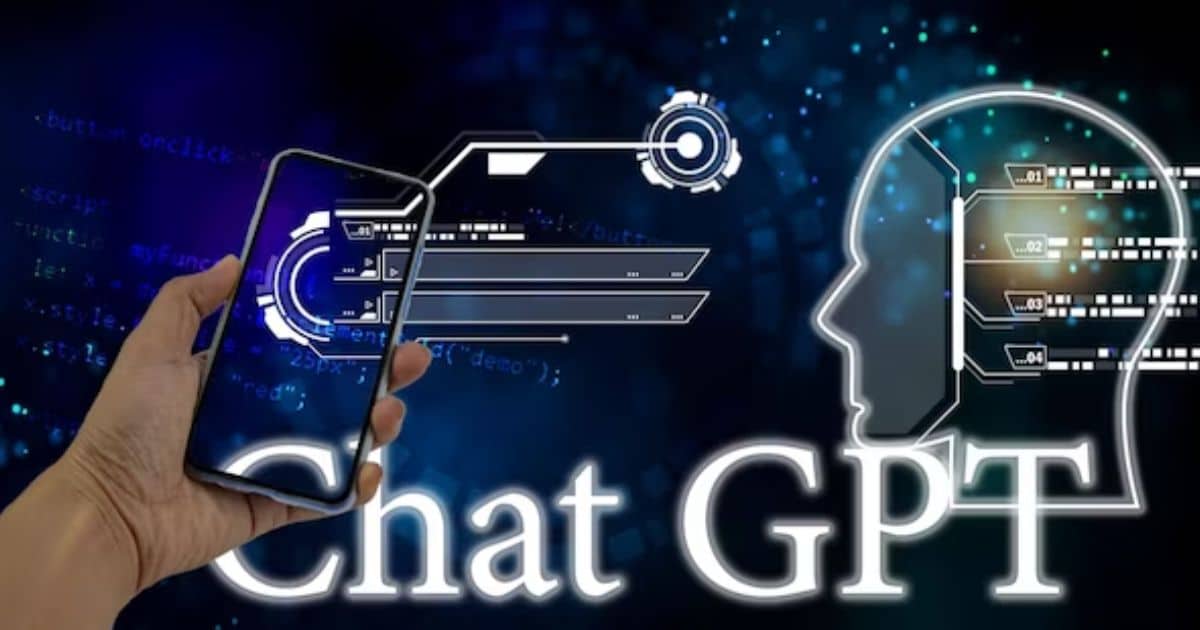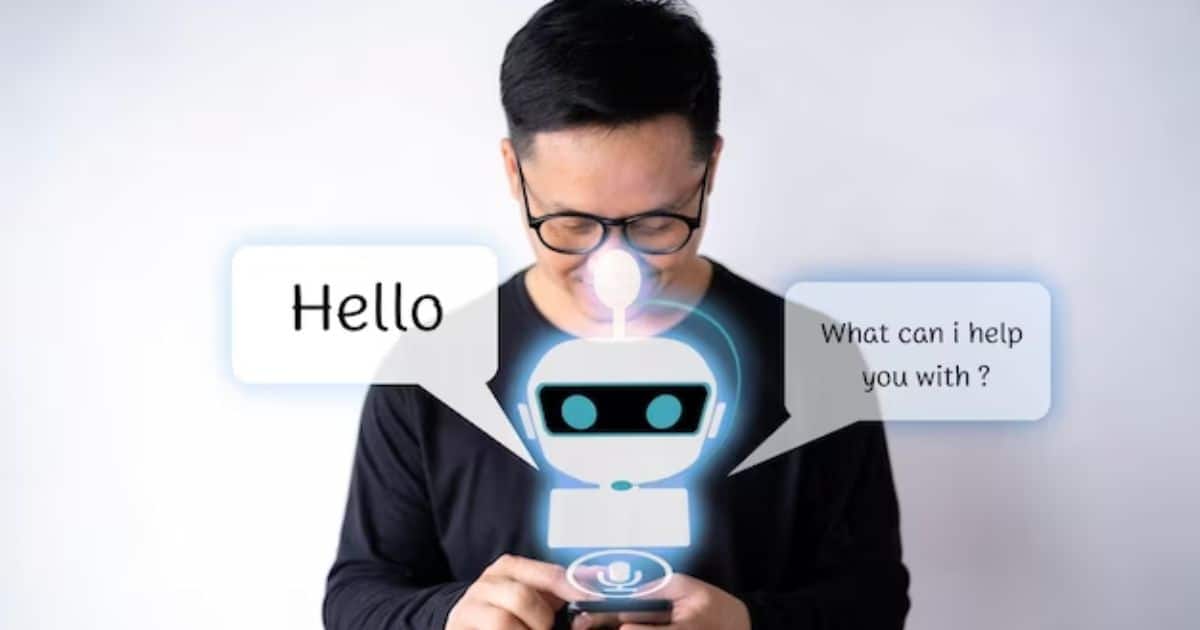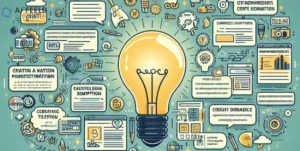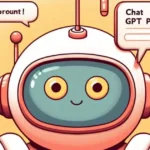In a world where language barriers hinder effective communication, Chat GPT emerges as a promising solution. This article delves into the capabilities of Chat GPT in translation, exploring its potential to bridge linguistic gaps.
Through a concise and technical lens, we will examine how Chat GPT translates text, its limitations, and its comparison to Google Translate.
Join us on this exploration of Chat GPT’s impact on the translation industry and the future of language translation.
Chat GPT Translation Capabilities
Chat GPT possesses impressive translation capabilities and you can also play chess on it. With its advanced language models and AI algorithms, it can accurately translate text from one language to another, providing a valuable tool for those seeking effective communication across borders and cultures.
Utilizing deep learning techniques, Chat GPT can understand the context and nuances of different languages, enabling it to generate translations that are not only grammatically accurate but also culturally appropriate. Its ability to handle complex sentence structures and idiomatic expressions makes it a reliable choice for professional translation tasks.
Moreover, Chat GPT’s continuous learning capabilities ensure that its translations improve over time, adapting to evolving language patterns and user feedback.
Whether it’s translating documents, websites, or conversations, Chat GPT offers a seamless and efficient solution for bridging language barriers, fostering connections, and promoting a sense of belonging in a globalized world.
How Chat GPT Translates Text?

Building upon its impressive translation capabilities, Chat GPT employs advanced language models and AI algorithms to effectively translate text from one language to another.
Through a combination of machine learning techniques and neural networks, Chat GPT is able to understand and interpret the meaning of the source text and generate a corresponding translation in the target language.
It leverages its vast knowledge of linguistic patterns and contextual information to ensure accurate and coherent translations.
Chat GPT’s ability to handle various language pairs allows it to cater to a wide range of translation needs.
Additionally, it continuously learns and adapts from user interactions, improving its translation quality over time.
As a result, Chat GPT offers a reliable and efficient solution for language translation, providing users with the convenience and accuracy they desire.
Limitations of Chat GPT Translation
However, it is important to acknowledge the limitations of Chat GPT translation. While Chat GPT has shown impressive capabilities in translating text, it still has some inherent constraints. These limitations include:
- Contextual understanding: Chat GPT may struggle to grasp the context of a sentence, leading to inaccuracies in translation. It may not fully comprehend idiomatic expressions or cultural nuances, resulting in less precise translations.
- Domain-specific knowledge: Chat GPT relies on pre-trained language models, which means it may lack specialized knowledge in certain domains. Translating complex technical or scientific texts might pose a challenge for the model, as it may not possess the necessary expertise.
- Ambiguity: Ambiguous phrases or sentences can present difficulties for Chat GPT. It might struggle to disambiguate between multiple possible translations, leading to potential errors or inconsistent results.
While Chat GPT has made significant advancements in translation, these limitations highlight the need for human review and guidance in achieving accurate and reliable translations.
Using Chat GPT for Language Translation

Chat GPT demonstrates its efficacy as a language translation tool. With its ability to generate human-like responses, it has the potential to bridge language barriers and facilitate effective communication between individuals who speak different languages.
By inputting text in one language, Chat GPT can generate translations in real-time, providing a convenient and accessible solution for language translation needs. It leverages its vast knowledge base and contextual understanding to produce accurate translations, ensuring that the meaning and nuances of the original text are preserved.
Chat GPT’s ability to handle a wide range of languages makes it a versatile tool for language translation, catering to a diverse global audience. However, it is important to note that while Chat GPT can assist in translation, it may not be as reliable or accurate as professional human translators, especially when dealing with complex or specialized content.
Chat GPT Vs. Google Translate
When comparing the performance of Chat GPT and Google Translate, it is evident that both tools offer distinct advantages and limitations in the realm of language translation. Here are three key factors to consider:
1) Accuracy: Google Translate has been widely used for years and has access to vast amounts of data, which allows it to provide accurate translations in many languages. Chat GPT, on the other hand, may struggle with specific or less common language pairs, resulting in less accurate translations.
2) Contextual Understanding: Chat GPT excels in understanding and generating human-like responses, making it more adept at capturing the nuances and context of a conversation. This can lead to more accurate translations in certain scenarios where context is crucial.
3) Customization and Adaptability: Google Translate offers a user-friendly platform that is accessible to a wide range of users. It also provides a variety of features, such as instant camera translation and offline mode. Chat GPT, however, can be fine-tuned and customized for specific translation tasks, allowing for greater adaptability and control.
Chat GPT Translation Tips and Techniques
In exploring the realm of language translation, it is important to delve into the various tips and techniques that can enhance the efficacy of Chat GPT. By implementing these strategies, users can optimize their experience and achieve more accurate and reliable translations. Here are some key tips and techniques to consider when using Chat GPT for translation:
| Tips and Techniques | Description |
|---|---|
| Utilize context | Provide sufficient context to help Chat GPT understand the meaning and intent of the text. |
| Use clear language | Use concise and straightforward language to avoid ambiguity and improve translation quality. |
| Verify translations | Double-check the translations for accuracy and make necessary revisions if needed. |
| Provide feedback | Share feedback on incorrect translations to help Chat GPT improve its language understanding and translation capabilities. |
The Future of Chat GPT Translation
As the field of language translation continues to evolve, the future of Chat GPT translation holds great promise for advancing communication and bridging linguistic barriers.
Here are three exciting possibilities for the future of Chat GPT translation:
- Enhanced Accuracy: With ongoing research and development, Chat GPT translation systems are likely to become more accurate and reliable. Improved algorithms and data training techniques will enable the models to better understand and translate complex sentences, idioms, and cultural nuances.
- Real-Time Translation: The future of Chat GPT translation could see the integration of real-time translation capabilities, allowing users to have instant and seamless conversations across different languages. This would revolutionize international communication by eliminating language barriers and facilitating global collaborations.
- Customization and Personalization: Chat GPT translation systems might offer customizable features that cater to individual preferences. Users could have control over the translation style, tone, or level of formality, making the translated content feel more personalized and natural.
With these advancements on the horizon, the impact of Chat GPT on the translation industry is poised to be significant.
Chat GPT’s Impact on the Translation Industry
The impact of Chat GPT on the translation industry is expected to be significant, as it revolutionizes communication and breaks down language barriers. This advanced language model has the potential to transform the way translation services are provided. By harnessing the power of artificial intelligence, Chat GPT can offer real-time translation capabilities, allowing individuals and businesses to communicate seamlessly across different languages. This not only improves efficiency but also enhances global collaboration and understanding. To better understand the impact of Chat GPT on the translation industry, let’s consider the following table highlighting its advantages and challenges:
| Advantages of Chat GPT in Translation | Challenges of Chat GPT in Translation |
|
|
|
|
|
|
As we delve deeper into maximizing the potential of Chat GPT for translation, these advantages and challenges will be addressed to ensure its successful integration into the industry.
Maximizing the Potential of Chat GPT for Translation

To fully capitalize on Chat GPT’s capabilities for translation, it is crucial to explore strategies that maximize its potential within the language industry.
Here are three key ways to maximize the potential of Chat GPT for translation:
- Fine-tuning: By training Chat GPT on large-scale translation datasets, it can be fine-tuned specifically for translation tasks. This helps improve its accuracy and fluency in generating translations.
- Post-editing: While Chat GPT is capable of generating translations, it may not always be perfect. To maximize its potential, integrating post-editing by human translators can ensure the highest quality translations.
- Domain-specific training: Chat GPT can be further enhanced by training it on domain-specific translation data. This helps it understand and translate specialized terminology and jargon accurately.
Conclusion
In conclusion, Chat GPT has proven to be a powerful tool for language translation. Its ability to generate coherent and contextually accurate translations is impressive, although it does have limitations.
While Chat GPT is not yet on par with Google Translate in terms of accuracy and speed, it shows great potential for further development. As the technology continues to evolve, Chat GPT has the potential to revolutionize the translation industry and improve cross-cultural communication.











